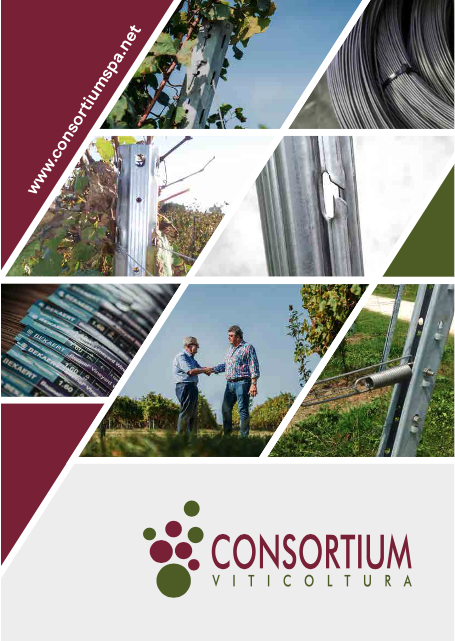GENERAL ASPECTS
Renewable shoot form very common in traditional viticulture. Today it can be considered a viable alternative to Casarsa and/or Sylvoz if the quality aspect is to be given priority over management costs.
In fact, the Bilateral Capovolto, for the same production per unit area, allows on average to obtain a higher quality grape than a Casarsa and/or Sylvoz.
This is due to a better vegetative-productive balance, a more rational relationship between leaf area and production, and the possibility of decreasing the distance between rows by increasing the number of vines per unit area.
On the other hand, the dry pruning of a Bilateral Flipped has run times about double those of a Casarsa.
The planting distances can be traced back to those of a modified Double Guyot.
One of the main problems with this form of breeding is that the pronounced curvature of the fruiting heads inserted at the top of the stump, resulting from the considerable distance between the main and lower strands of the supporting structure, results in a double gradient of vegetation that penalizes the middle zone of the shoots in which blind buds or development of weak shoots with small clusters can occur.

